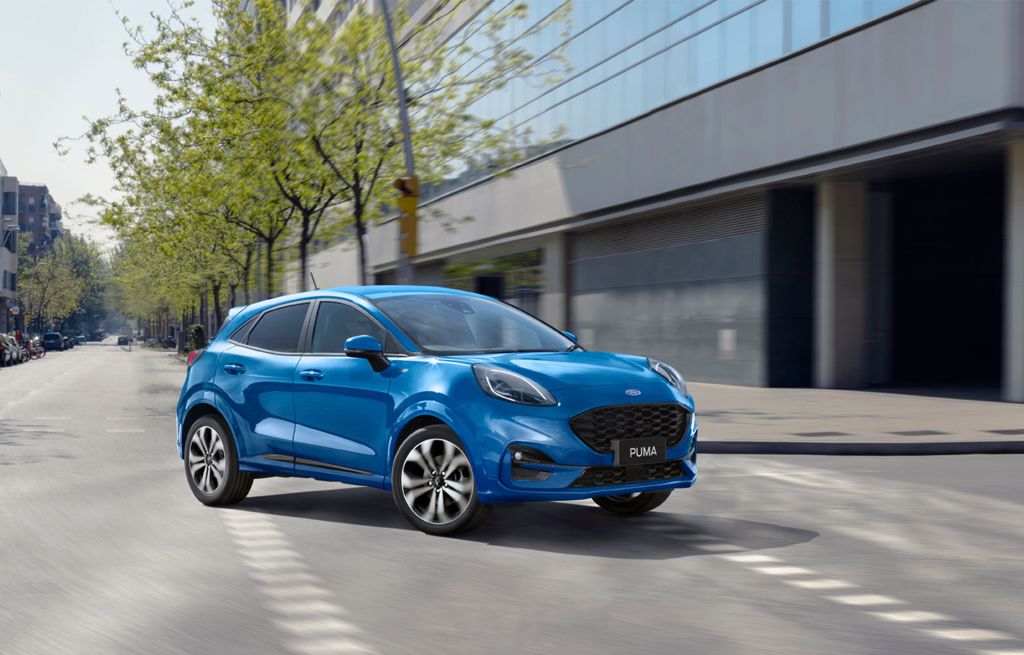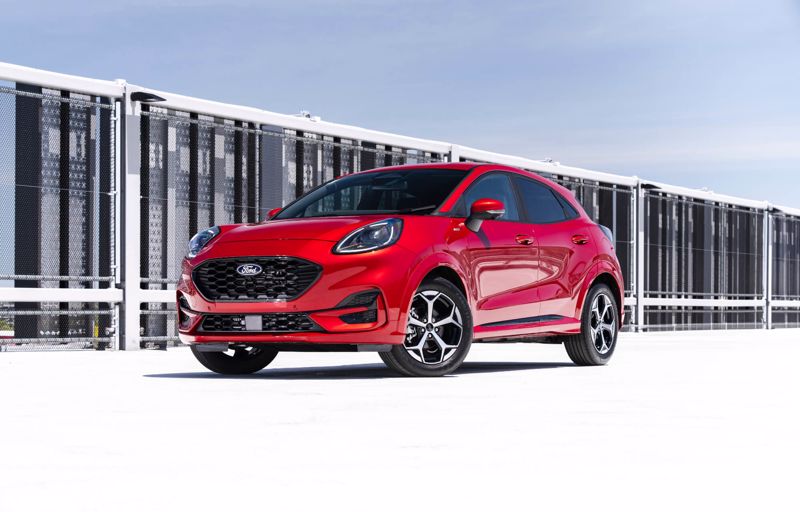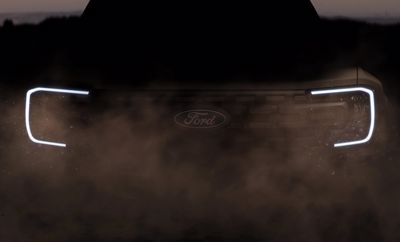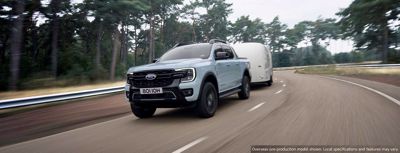Flash Sale on Now!


The new Ford Puma compact crossover fuses stunning exterior design, uncompromised load space, and now coming in Q2 2022, sophisticated Mild Hybrid (mHEV) powertrain technology.
Ford New Zealand will be offering customers two mHEV variants; the Ford Puma EcoBoost mHEV and the Ford Puma EcoBoost ST-Line mHEV.
Ford’s EcoBoost Hybrid 48-volt technology delivers powerful, responsive performance and optimised fuel efficiency alongside lower C02 for Puma mHEV customers. The mHEV electrified powertrain seamlessly integrates electric torque assistance with a low-friction, three-cylinder 1.0-litre EcoBoost petrol engine to deliver up to 210 Nm.
“Our customers love their new Ford Pumas,” said Rachel White, Ford New Zealand Marketing Manager, Passenger and SUV. “We get fantastic feedback, particularly on its stylish design, clever interior and great driving characteristics. Adding the Mild Hybrid next year will increase its appeal even further and give those looking for an electrified solution a fantastic choice.”
Ford New Zealand Puma customers will be among the first to benefit from Ford’s mHEV architecture – tailored to enhance fuel efficiency and C02 while complementing Ford’s fun to drive experience with more powerful and responsive performance.
EcoBoost Hybrid technology enhances Puma’s 1.0-litre EcoBoost petrol engine with an 11.5 kW belt-driven integrated starter/generator (BISG). Replacing the standard alternator, the BISG enables recovery and storage of energy usually lost during braking and coasting to charge a 48-volt lithium-ion air-cooled battery pack.
The BISG also acts as a motor, integrating with the engine and using the stored energy to provide torque assistance during normal driving and acceleration, as well as running the vehicle’s electrical ancillaries.
With 91kW of power, the intelligent, self-regulating mHEV system continuously monitors how the vehicle is being used to determine when and how intensively to charge the battery for optimal benefit, and when to utilise the stored battery charge using one of two strategies:
The BISG has also enabled Ford engineers to lower the 1.0-litre EcoBoost engine’s compression ratio and add a larger turbocharger for more power, by mitigating turbo-lag using torque supplementation that also rotates the engine faster for maintained turbocharger boost response.
Able to restart the engine in approximately 300 milliseconds – about the same as the blink of an eye – the BISG also enables the Puma EcoBoost Hybrid’s Auto Start-Stop technology to operate in a wider range of scenarios for even greater fuel savings, including when coasting to a stop below 15 km/h.
Fun to drive characteristics are further enhanced with Ford’s selectable Drive Mode technology that enables drivers to adjust throttle response, ESC, traction control, plus gearshift timings for automatic models, to match responses and performance to the driving scenarios.
Drive Modes including Normal, Eco, Sport, Slippery and Trail enable customers to tailor their drive experience to road, weather and terrain conditions on demand, with each Drive Mode featuring a unique graphical display in the instrument cluster.
Puma further optimises Ford’s B-car architecture that also delivers class-leading driving dynamics for the Ford Fiesta. A new, stiffer twist-beam rear suspension, larger shock absorbers, stiffer suspension bushes and optimised suspension top mounts reduce friction and enhance stiffness throughout the chassis to support optimal driving dynamics.
The new Puma Mild Hybrid will be available in New Zealand from Q2 2022 with pricing to be announced closer to arrival.
* WLTP3 Figures are based on EU WLTP4 data and final NZ figures to be released closer to launch

















